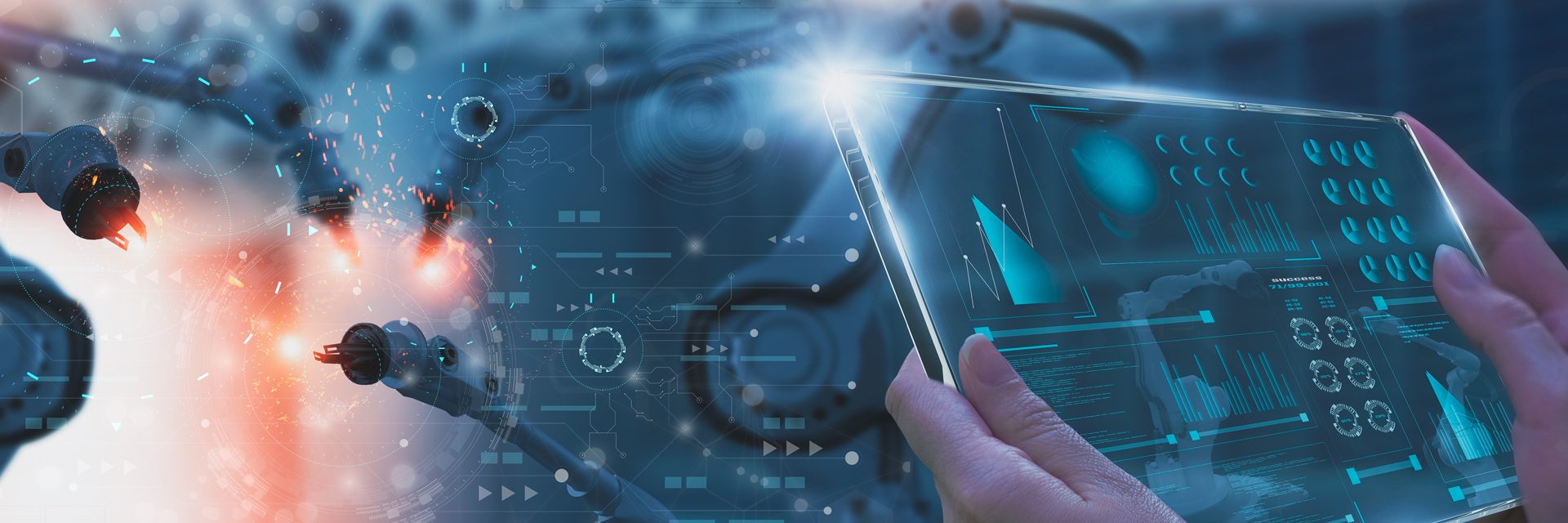
APPLES AND ORANGES OR: WHY STANDARDS ARE IMPORTANT FOR INDUSTRY 4.0?
When Adrian Trabold looks out of the window of his office at the Neoception site in Mannheim, he looks in the distance at all kinds of manufacturing companies – from small businesses to large corporations. As Director of Sales Excellence, he asks himself every day how he can help small and medium-sized companies in particular to design their manufacturing processes more efficiently and act more sustainably.
While on the one hand more efficiency in production can save time and money, legislators are also increasingly demanding compliance with sustainability goals and proof of the sustainability of individual products. Transparency throughout the entire supply chain of a product is a requirement for both.
With the Neoception® Digital Twin Infrastructure, the Pepperl+Fuchs start-up Neoception supports companies in capturing the required data and making it available centrally in an industry-standardized format, so that it can be used not only by the manufacturing companies themselves, but also by their customers and other stakeholders. We talked to Adrian Trabold about what exactly is behind this and what benefits companies have when they use Neoception’s support.
BUZZWORD “DIGITAL TWIN”
Mr. Trabold, what exactly is meant by the buzzword “digital twin”?
Adrian Trabold The digital twin is a virtual representation of a specific asset – a physical product, plant, process, or system. But you shouldn’t just think of it as an image, because the digital twin is much more than that. The term Asset Administration Shell (AAS), which describes a standard for a digital twin, is used in connection with Industry 4.0. In a digital location, all the information that exists about that specific asset is made available in a standardized format. In addition to product information, manuals and data sheets, this will also include real-time data, simulations, and analyses.
Do you have a practical example for us so that we can better imagine this?
Adrian Trabold A classic illustrative example that we are currently working on together with Pepperl+Fuchs for the company’s own product portfolio …